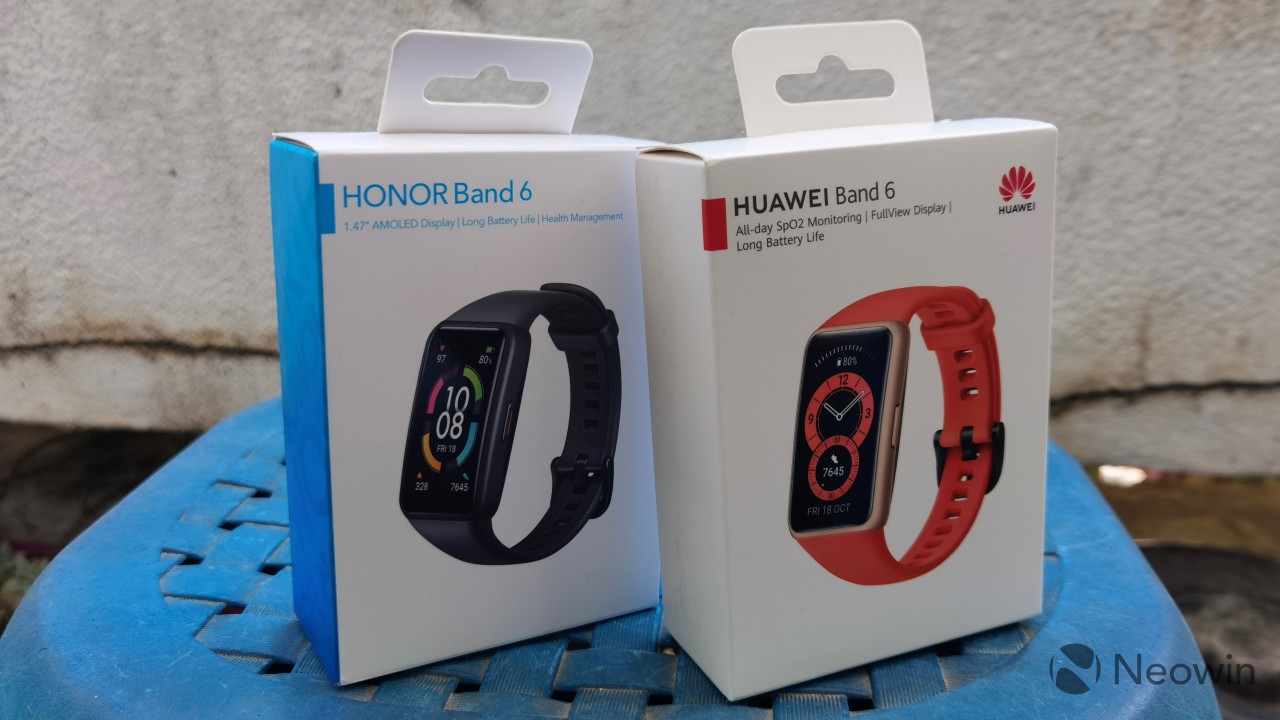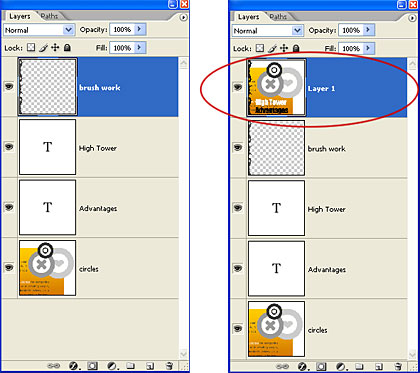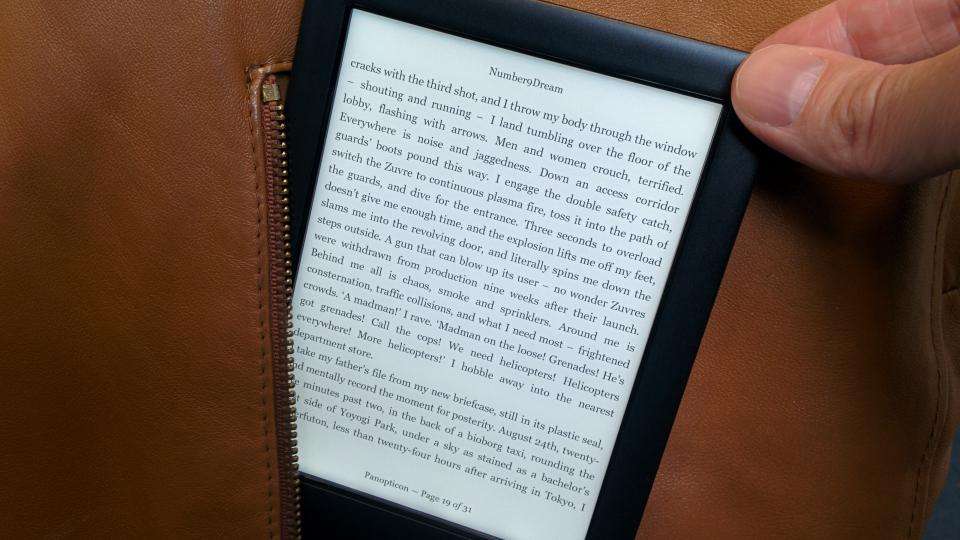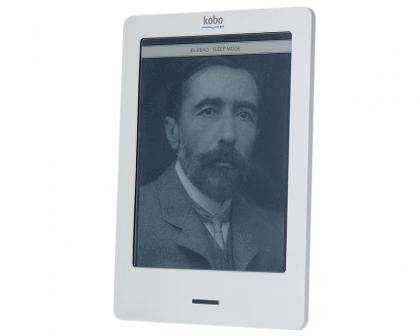Static noise in headphones disrupts audio enjoyment and can be concerning when it occurs frequently. Identifying the causes and learning practical solutions will help you eliminate this annoying issue. In this blog, we’ll explore the common reasons behind why do I hear static in my headphones and provide you with step-by-step fixes and preventive measures to ensure a clear listening experience. Whether you’re using wired or wireless headphones, following these steps can save you the trouble of replacing your equipment prematurely.
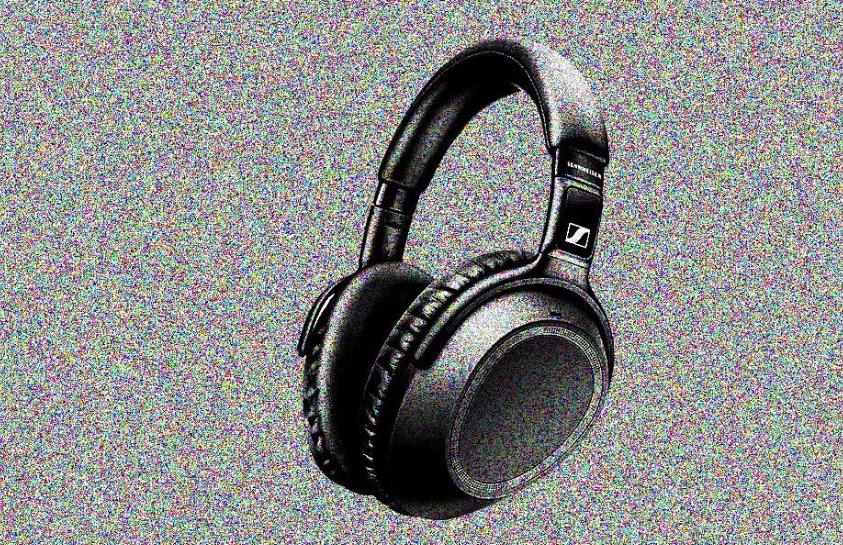
Common Causes of Static Noise in Headphones
Loose or Damaged Wires
One of the most frequent causes of static noise in headphones is loose or damaged wires. Over time, regular wear and tear can weaken the cables, leading to broken or unstable connections that generate static. Bending, twisting, or moving the cables can worsen the issue, causing intermittent audio disruptions, crackling sounds, or complete signal loss during use. Regular inspection and proper handling can help prevent these problems.
Faulty Audio Jack or Port Issues
A faulty audio jack or port can also contribute to static noise in your headphones. Dust buildup, debris, physical damage, or worn-out connectors can weaken the connection between your headphones and the device, leading to intermittent audio disruptions and static interference. Regularly cleaning the port and ensuring a secure fit can help prevent these issues and maintain clear sound quality.
Interference from Electronic Devices
Other electronic devices can interfere with your headphones, especially in environments with multiple gadgets. Devices like routers, microwaves, cordless phones, and Bluetooth-enabled electronics can cause electromagnetic interference, leading to static noise or connection disruptions. To minimize interference, try using your headphones away from these devices or switching to a wired connection for a more stable audio experience.
Incorrect Audio Settings & Software Glitches
Incorrect audio settings and software glitches can significantly contribute to static noise in your headphones. Issues such as improper volume levels, sound enhancements, and outdated or incompatible drivers can distort audio quality. Additionally, misconfigured software, corrupted audio drivers, or conflicts between audio applications on your device may cause persistent static. Keeping your drivers updated and adjusting settings can help resolve these problems.
How to Identify the Source of Static Noise
Testing with Different Devices
To identify the source of static noise, start by testing your headphones with multiple devices. If the static persists across all devices, the issue likely originates from the headphones themselves, possibly due to damaged cables, internal wiring, or interference. However, if the static disappears when using a different device, the problem is related to the original device’s audio jack, settings, or interference from software or hardware components.
Inspecting Cables and Connections
Carefully inspect the cables and connections of your headphones for any visible signs of damage, wear, or loose fittings. Ensure all connections are securely plugged in, as even slight disconnections can cause static noise. Check for frayed or bent wires, as these can disrupt the audio signal. Replacing damaged cables can often resolve persistent static issues.
Checking Environmental and Wireless Interference
Consider your environment and potential sources of interference when troubleshooting static noise in your headphones. Turn off nearby electronic devices, move away from strong electromagnetic sources like Wi-Fi routers or microwaves, and test your headphones in a different location. Identifying and eliminating external interference can significantly improve audio quality and reduce unwanted static noise.
Step-by-Step Solutions to Fix Static in Headphones
Repairing or Replacing Damaged Cables
If you notice any damage to the cables, you can try simple repairs like wrapping minor frays with electrical tape to prevent further wear. For more severe damage, replacing the cable may be the best option. Many headphones come with detachable cables, making replacements quick and hassle-free, ensuring optimal sound quality and longevity for your device.
Cleaning Audio Ports & Jacks
Cleaning your audio ports and jacks is a simple yet effective way to resolve static noise caused by dust and debris buildup. Over time, dirt can accumulate, interfering with the connection and causing unwanted sound disruptions. Use a can of compressed air, a soft brush, or a cotton swab with isopropyl alcohol to gently clean these components. Ensure all ports and jacks are completely free of obstruction, and let them dry before reconnecting your headphones. Regular maintenance helps maintain clear audio quality and prevents long-term connectivity issues.
Adjusting Audio Settings & Updating Drivers
Check and adjust your audio settings to ensure there are no sound enhancements that might distort or degrade audio quality. Disable any unnecessary effects and balance the equalizer settings for optimal performance. Updating your audio drivers is also crucial—visit the manufacturer’s website to download and install the latest drivers, as outdated software can often cause sound-related issues, including static or distortion.
Minimizing Electronic & Wireless Interference
Minimize electronic and wireless interference by turning off nearby devices or moving to an area with fewer electronic gadgets. For wireless headphones, ensure there are minimal obstructions between your device and headphones. Additionally, avoid using headphones near Wi-Fi routers, microwaves, or other devices that emit strong signals, as these can disrupt audio quality and cause static interference.
Preventive Measures to Avoid Static in Headphones
Proper Headphone Maintenance & Storage
Proper maintenance and storage play a crucial role in preventing static noise in your headphones. Always store them in a protective case when not in use and avoid wrapping the cables too tightly, as this can cause internal wire damage. Regularly inspect and clean the audio jack, ear cups, and connectors to remove dust or debris that may interfere with sound quality. Keeping your headphones in good condition ensures clear audio and prolongs their lifespan.
Using High-Quality Cables & Adapters
Investing in high-quality cables and adapters can significantly reduce static noise and improve overall audio performance. Poor-quality accessories often introduce interference, degrade sound quality, and lead to connectivity issues. Choosing reputable brands ensures better signal transmission, durability, and a stable connection, minimizing disruptions. Upgrading your cables and adapters is a simple yet effective way to enhance your listening experience.

Conclusion
Why do I hear static in my headphones? Static noise in headphones can be infuriating, but understanding its causes and applying the right fixes can resolve it effectively. By identifying the source, following specific solutions, and adopting preventive measures, you can enjoy clear, uninterrupted audio. Whether through simple repairs or adjusting settings, keeping your headphones in prime condition ensures a superior listening experience.
FAQ
Can static noise damage my headphones?
Static noise itself generally won’t damage your headphones. However, unresolved static issues can signify underlying problems that might lead to further damage if left unchecked.
Why do my wireless headphones have static?
Wireless headphones can experience static due to signal interference, low battery, or issues with Bluetooth connectivity. Ensuring a strong connection and minimal interference can help reduce static noise.
Is static noise a sign of poor headphone quality?
Not necessarily. Static noise can occur in any headphones due to various factors. High-quality headphones are less prone to static but ensuring proper care and maintenance is key to minimizing such issues.

